Partners in Yacht Design (Part One)
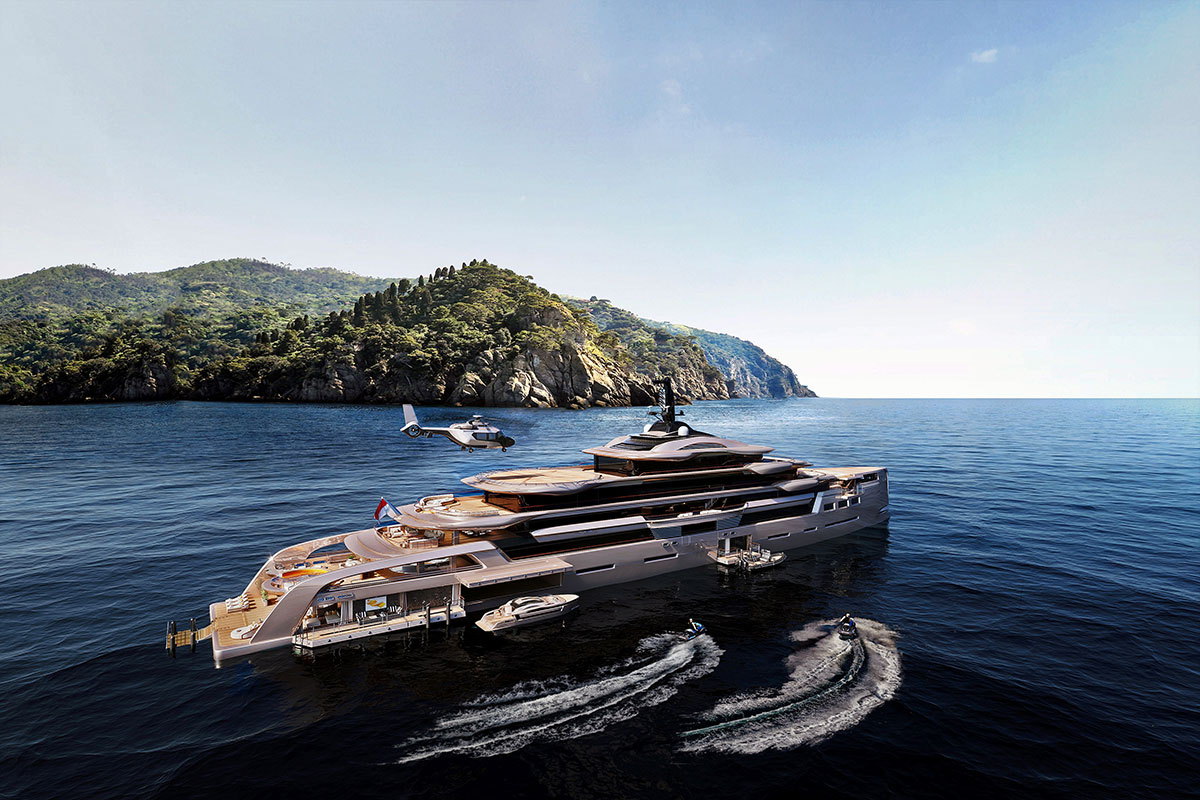
Role and background of Kyriakos Mourtzouchos
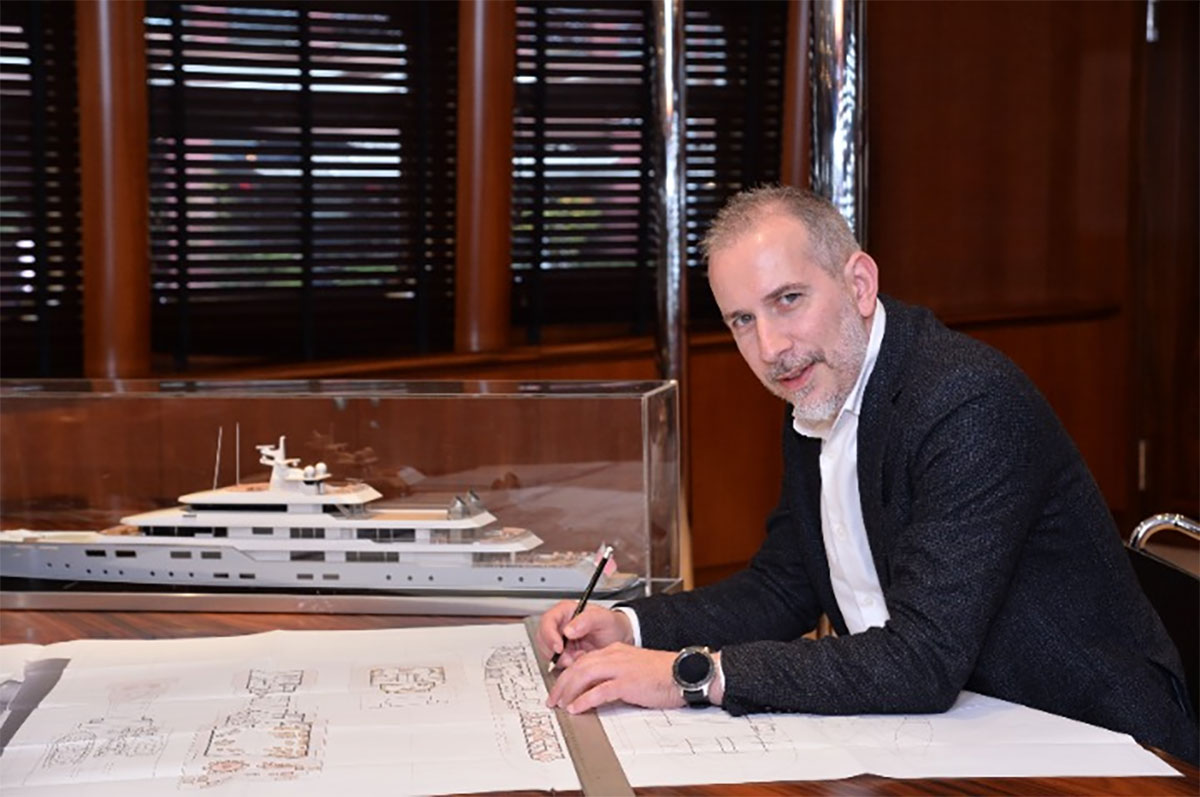
“I serve as the Technical Manager in the Projects department at PrivatSea. In this pivotal role, I take charge of all technical aspects of our projects, ensuring seamless coordination of internal and external resources to achieve successful project completion. My responsibilities extend to engaging with our clients, understanding their requirements in detail, and subsequently formulating tailored propositions that align with their distinct needs. This comprehensive approach allows me to contribute effectively to the overall success and client satisfaction of each project.”
“I hold a master’s in engineering in Naval Architecture and Marine Engineering, having graduated from the National Technical University of Athens. I also gained an MBA to enhance my business acumen. Over my 15-year career, I’ve garnered extensive experience, managing diverse projects both onshore and aboard ships. My professional journey includes roles in ensuring adherence to industry standards and serving as Designer and Design Manager for ship systems installations, enabling me to develop skills to oversee and optimise complex technical processes.”
How do you select a yacht architect and yacht designer? Should you appoint both at the same time?
Kyriakos Mourtzouchos: “I take an integrated approach. To start with, I assess their portfolios and track records to gauge their expertise and creative ability. Compatibility with the project’s scope and vision is crucial, and I usually seek professionals with a proven track record in similar projects. Collaborating with a yacht architect and yacht designer simultaneously can be immensely beneficial. The architect typically focuses on the structural and functional aspects, ensuring the yacht meets the technical requirements and safety standards. Meanwhile, the designer brings a creative flair, contributing to the aesthetic and ergonomic aspects.
This dual collaboration ensures a holistic perspective, marrying function and form seamlessly. It enables a streamlined process, where technical considerations align with aesthetic aspirations, leading to the creation of a yacht that not only meets but exceeds expectations.”
What is the process involved in creating the brief and planning the design?
“It starts with a thorough understanding of client requirements and preferences. We collaborate closely to create a detailed design brief, outlining objectives and constraints. This serves as the foundation for planning the design, involving initial concept development, feasibility assessments, and iterative discussions. Continuous client feedback informs refinements, ensuring the final design aligns precisely with their vision and expectations.”

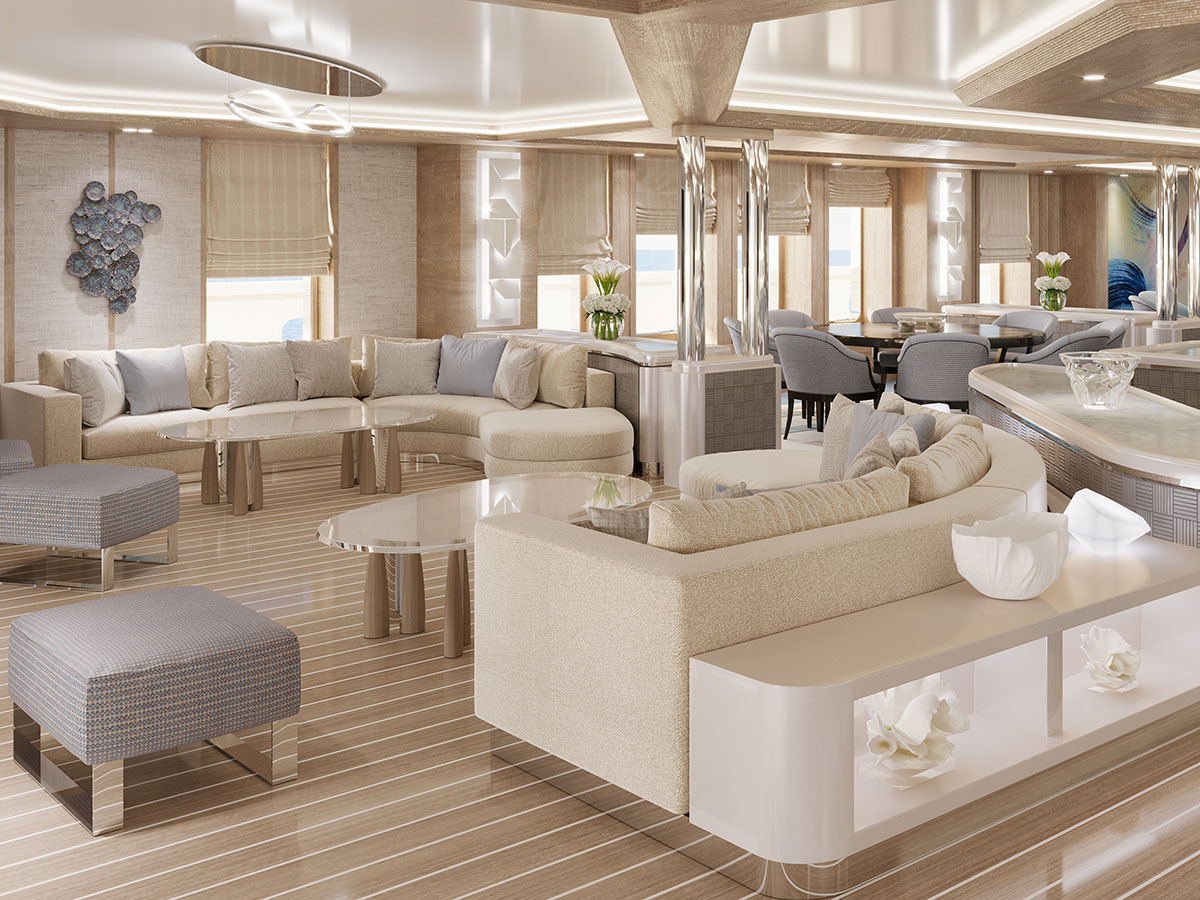
How does yacht design compare with real restate design?
“Yacht design and real estate design share common principles but differ in scale and functionality. While both involve creating aesthetically pleasing and functional spaces, yacht design prioritises maximising limited space efficiently and ensuring structural integrity due to the dynamic nature of the environment. Real estate design, on the other hand, often focuses on larger spaces and considerations for long-term habitation. Both disciplines require a balance of form and function, but the unique challenges of each area require specific design approaches.”
How do you interpret the client’s wishes to create a brief?
“In yacht design, interpreting the client’s wishes to create a comprehensive brief involves close collaboration and attentive listening. I engage in detailed discussions to understand the client’s lifestyle preferences, functional requirements and aesthetic tastes. This iterative process ensures that the design brief captures their vision and addresses practical considerations specific to yacht living, such as space optimisation, marine regulations, and dynamic functionality at sea.”
What are the biggest challenges in yacht design?
“Successful yacht design requires a harmonious integration of aesthetics, engineering, and regulatory considerations to meet the unique demands of the marine environment.
Firstly, optimising limited space poses a constant challenge, requiring creative solutions for functionality and comfort. Additionally, balancing aesthetics with structural integrity is crucial, considering the vessel’s dynamic environment at sea. Compliance with maritime regulations and evolving safety standards adds further complexity. Moreover, staying abreast of technological advancements and incorporating sustainable design practices are ongoing challenges.”
Are there trends you have noticed recently in yacht design?
“There is a notable preference for outdoor spaces that evoke a ‘sense of beach’ ambiance. People increasingly desire open and inviting deck areas, emphasising a seamless connection with the sea, enhancing the overall enjoyment of being on board.”
Are there new technologies that you have to keep in mind regarding design?
“Being at the forefront of technology is crucial in contemporary yacht design. Advances in materials, propulsion systems, and smart technologies are paramount, as are innovations in sustainable and energy-efficient solutions. We also recommend state-of-the-art navigation and communication systems to enhance safety and user experience. Keeping abreast of emerging technologies ensures that yacht designs not only meet current standards but also anticipate and embrace the advancements shaping the future of maritime technology.”
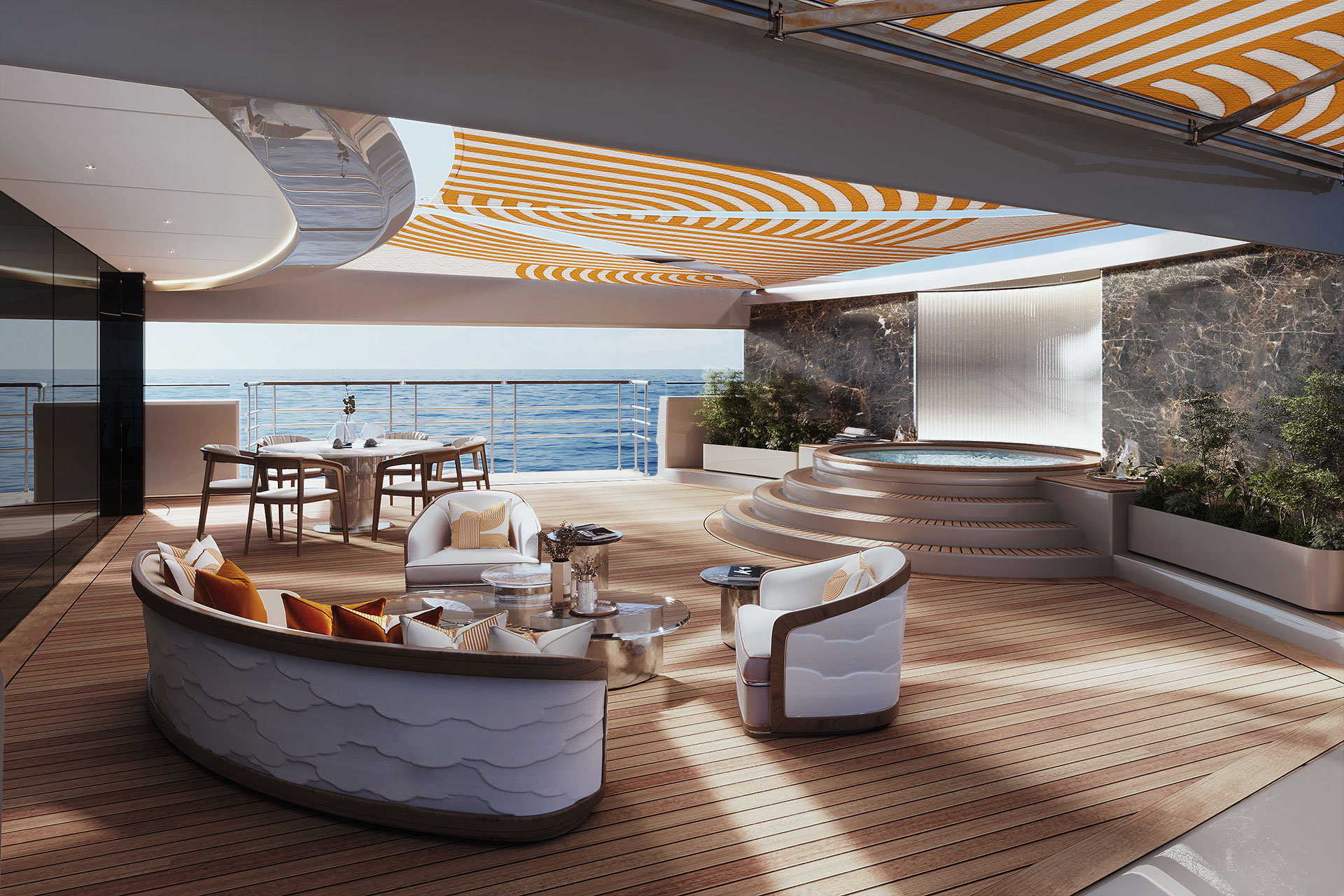
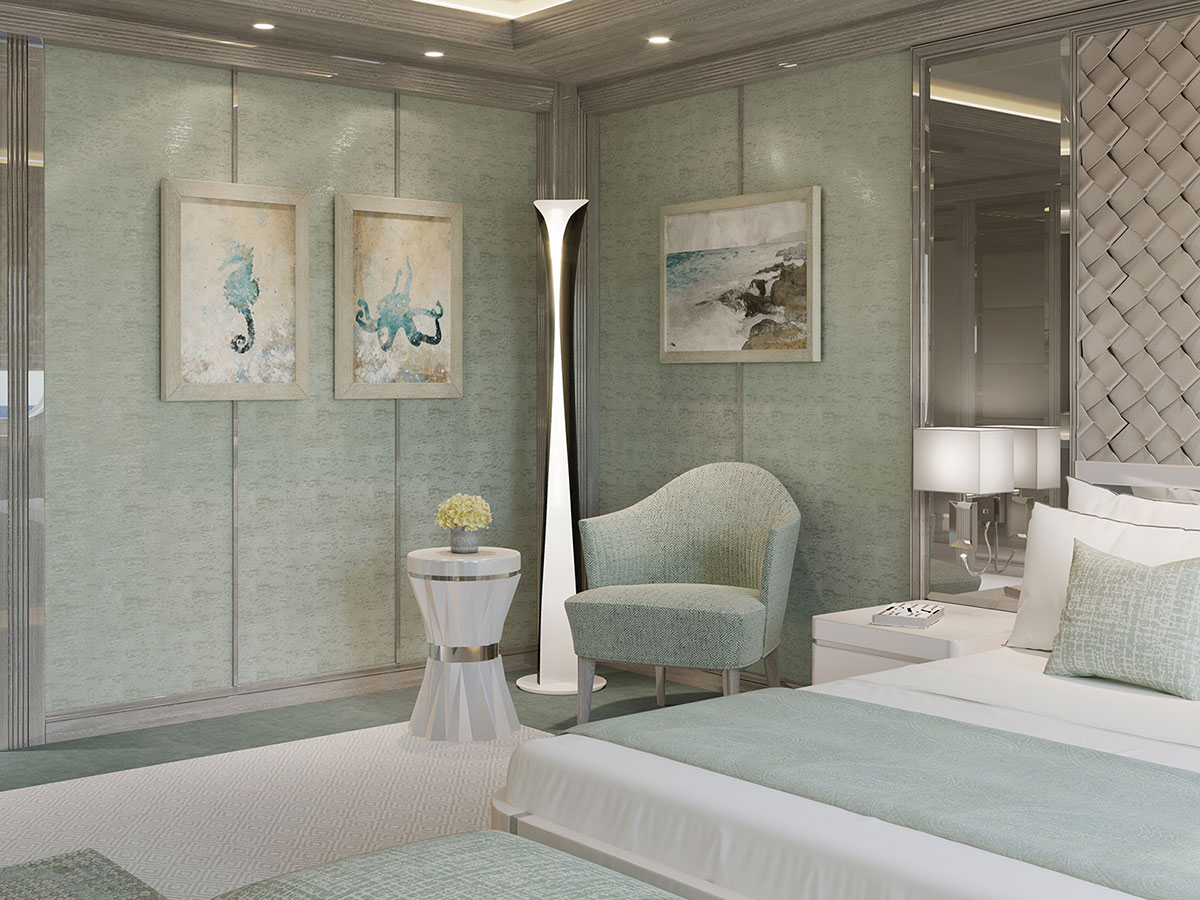
How do you future-proof a yacht so it doesn’t become outdated quickly?
“Future-proofing a yacht involves strategic design decisions to ensure longevity and relevance. Incorporating timeless design elements and materials are key, as well as adopting flexible layouts that accommodate clients’ tastes and modular and upgradable. Prioritising sustainability only aligns with emerging trends and addresses the growing focus on environmental concerns. Simple steps such as updating software and systems during routine maintenance keeps the yacht technologically current. By combining these elements, we aim to enable our clients’ yachts to stand the test of time, in both aesthetics and functionality.”
Is design different for a charter and an owner? Do sometimes owners make suggestions that are not practical or might mean the yacht would be difficult to sell in future?
“Designing for charter versus an owner involves different considerations. An owner may have personal preferences, but it’s crucial to balance these with practicality and potential resale value. Some owner suggestions may be unique to their personal taste but might not align with broader market appeal, so we advise accordingly. As a designer, I guide our clients by offering insights into industry trends, advising on practicalities, and proposing solutions that balance personal preferences with broader and future market expectations. This ensures a yacht is not only a reflection of the owner’s vision, but also an asset with enduring market appeal.”
Is it harder to refurbish or refit a yacht than to design from scratch?
“Refurbishing or refitting a yacht presents unique challenges, as opposed to designing from scratch. With a new build you start with a clean slate, and a refurbish involves working within existing constraints, technical systems and structural considerations. It requires a keen understanding of the yacht’s history and condition. Navigating these complexities demands a mix of creativity, problem-solving, and a deep knowledge of marine engineering. The challenge lies in seamlessly integrating modern design and technology while preserving the essence of the original yacht. Both processes have their intricacies, and success depends on a thorough understanding of the vessel’s intricacies and the owner’s vision.”
What projects you are currently working on which you can mention?
“As of now, our team is actively engaged in several refit projects across different areas, including deck, engine and hotel services on superyachts ranging from 80 to 150 meters in length. We are also in the design phase for a comprehensive interior refit of a 62-meter yacht and undertaking the refit of a master cabin on a 56-meter yacht. These projects rely on our wide expertise in to delivering high-quality solutions across a range of yacht refurbishment endeavours.”
What benefits does PrivatSea bring to the process and project management?
“PrivatSea brings invaluable benefits to the process and project management through our extensive 20-year experience across yacht projects, involving both new builds and refits. Our deep-rooted connections within the market enable us to facilitate swift project implementation while maintaining a highly competitive cost structure. This wealth of experience and market insight ensures efficiency, cost-effectiveness, and a proven track record of successful project delivery, distinguishing PrivatSea as a reliable and strategic partner in the yacht industry.”
How is your collaboration with design partner Theodoros Fotiadis?
“Working with Theodoros is a highly positive experience. We share a strong collaborative dynamic, stemming from our common backgrounds and a shared understanding of design principles. Growing up in the same era has provided us with similar perspectives and references, facilitating clear and effective communication. This synergy enhances our ability to bring creative visions to life and ensures a seamless and productive working relationship.”
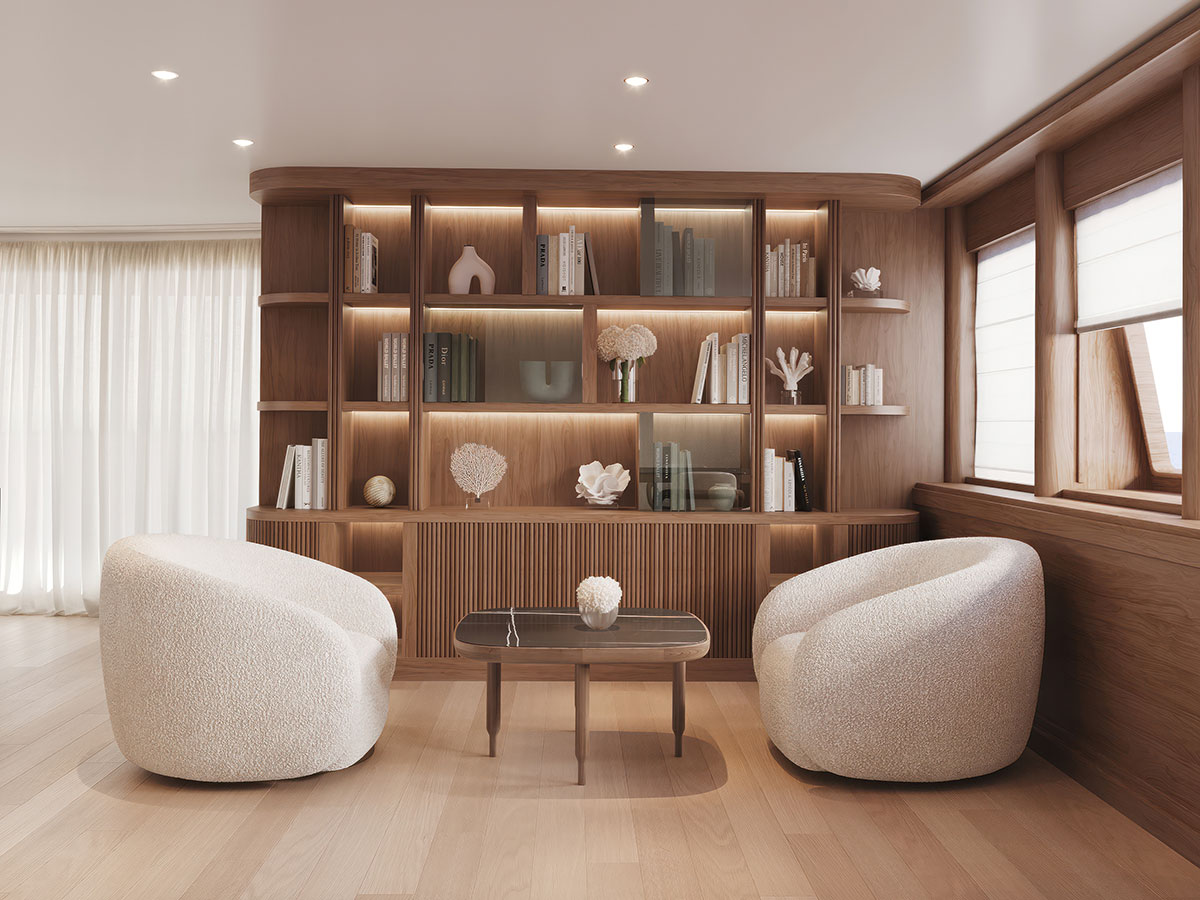
Look out for Part Two of this article in April 2024 with an in-depth interview with Theodoros Fotiades


 Go back
Go back